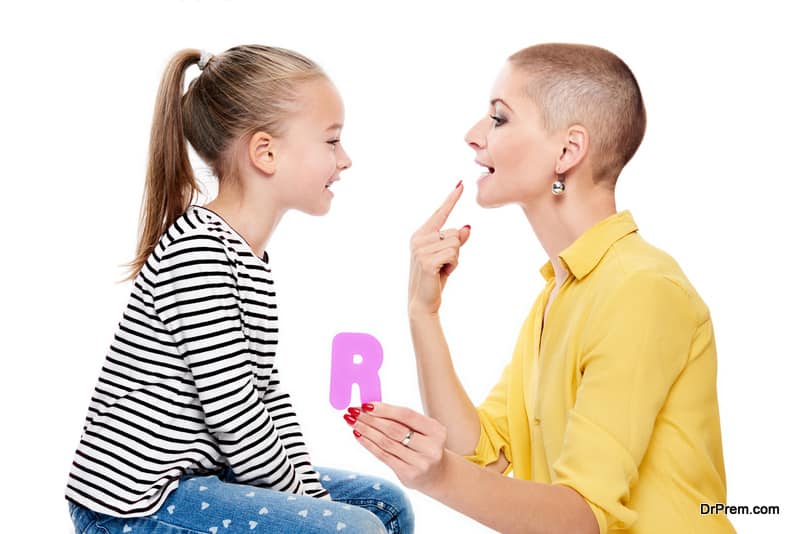Every child has its own pace in learning and development. By the age of 3-5 years, a certain level of development is expected. As a parent, you need to be aware of specific skills and signs that your child might be lagging compared to others. Physicians term it as developmental delays.
Many a time, these delays are not serious and a child catches up with time. If you watch any such sign of developmental delays, it is better to get a professional consultation soon instead of adopting the wait and watch attitude. Timely intervention can help child with developmental delays preventing worsening of the condition.
Free therapeutic and support services to overcome developmental delays in a child are available in many countries. There can be no reason for you to delay if you sense any developmental issues with your kid.
Typical developmental delays in infant and toddlers and diagnosis criteria:
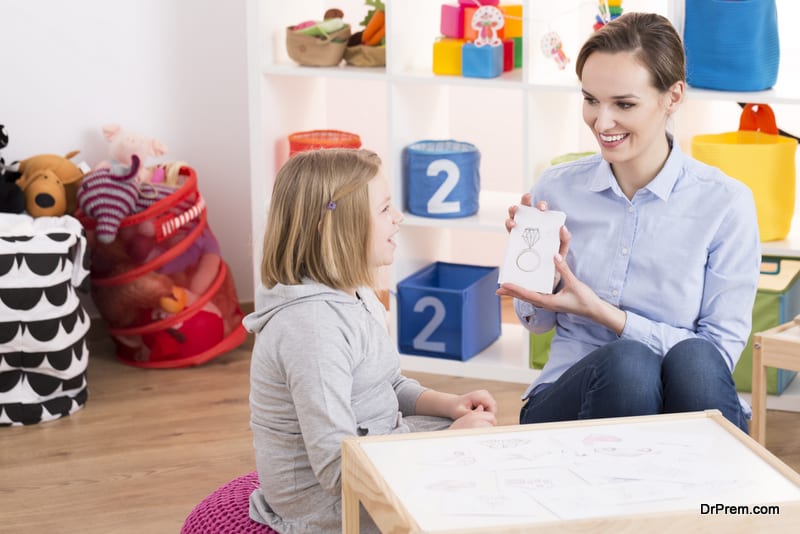
Before you decide to help child with developmental delays, check whether he/she is having any of the following problems in:
- Movement or motor skills
- Speech and language
- Emotional and social skills
- Thinking skills
Diagnosis criteria based on normal standards of child development:
Speech and language development:
- By 3 years of age, kids normally can talk in short sentences, name certain body parts and use plural words.
- By 4 years, kids can narrate a story or recite small nursery rhymes, talk in sentences with more than 5 words and can use “me” and “you” properly.
- By 5 years, they can tell their full name, understand commands with a preposition like up, under, on etc. They can apply past tense and plural words and are able to ask questions like why and who.
Motor skill development:

- By 3 years, kids normally can go up and down the stairs, work with small objects, use left and right sides of their body and stand on one leg for more than 5 seconds.
- By 4 years, they can throw a ball over the head and catch, jump and hop on one leg, ride a tricycle, stack four blocks properly and scribble holding a crayon firmly.
- By 5 years, they can take off their clothing, skip and gallop, walk up and down the stairs without using handrails, brush their teeth and wash and dry their hands.
Social and Emotional skills:
- By 3 years, kids show interest in other children and can remain comfortable away from parents and caregivers.
- By 4 years, they stop clinging to their parents and respond well to anybody outside the family.
- By 5 years, they normally display a range of emotions and show eagerness to play and mix with other children.
Cognitive or Thinking skills:
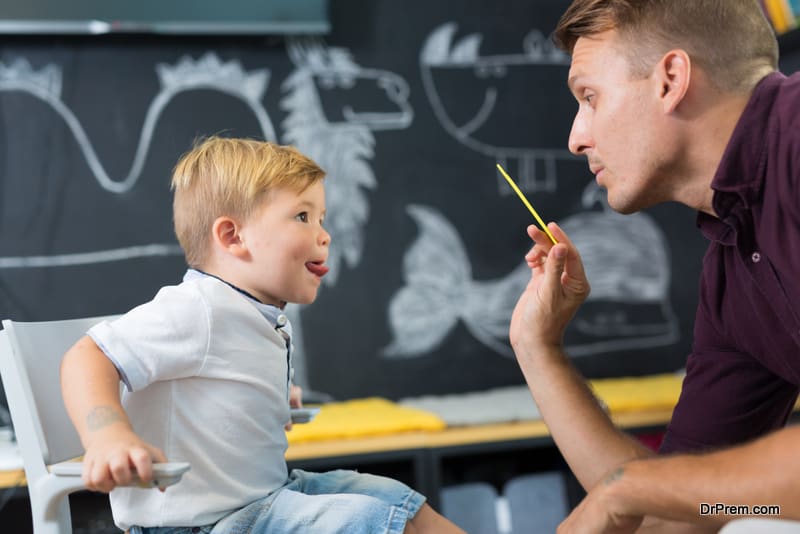
- By 3 years, kids normally can follow simple instructions, enjoy make-believe plays, can copy a circle and prefer playing with toys.
- By 4 years, they join interactive games and can get involved in fantasy play.
- By 5 years, they usually can concentrate on anything for more than 5 minutes and doesn’t get distracted easily.
How to start:
- You know your child better. Any unusual sign or behavior of your kid will first catch your attention. Check the above signs and act quickly.
- Take notes of your child’s development. What you see and what you do not see. Note the dates. These observations will help specialists in quick diagnosis.
- Note other factors. Is your kid born prematurely? Then he/she may take more than normal time to meet the developmental milestones.
- Check with your pediatrician if any underlying medical issue is hindering your child’s normal development appropriate for his/her age.
- Get community support online or offline. You can get handy tips to help child with developmental delays.
- Maintain a regular dialogue with the therapist and teacher (if your kid is in pre-school). The teacher may accommodate few classroom strategies to help your child.
- Last but not least, monitor your child’s progress. Keep date wise notes. Take the teacher’s observations as well.
Getting the best treatment:
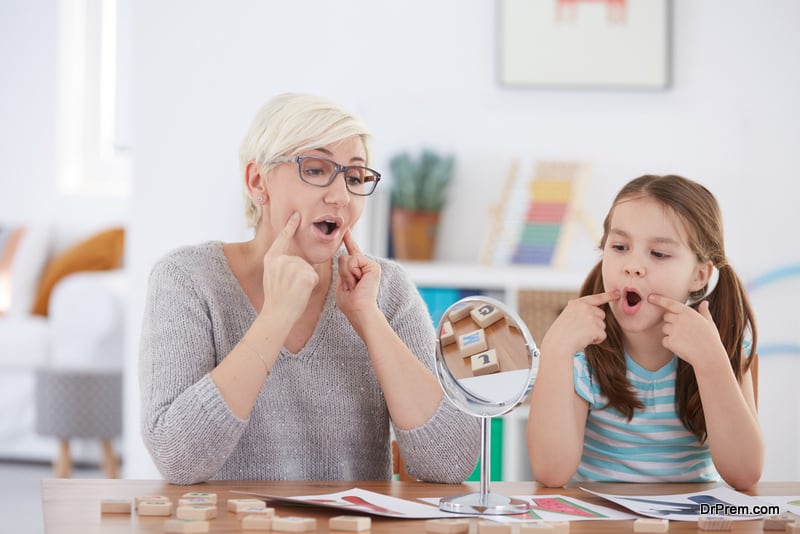
Services and therapies to help child with developmental delays are likely to include hearing and vision tests, speech therapy, educating family and counseling. The goal is to attain certain developmental milestones enabling the kid to talk, walk and interact before they start going to school.
Based on the diagnosis criteria, occupational therapists normally help a child:
- By suggesting exercises to make a child stand and walk steadily. He will learn to tie his shoe or handle toys.
- Suggesting tools and strategies with light and sound games to make a child respond properly.
- Speech-language therapists help in improving the child’s communication skills through vocabulary building and speech production. Facial massage, lip and jaw exercises are also suggested in case of feeding problems.
- Parent counseling is important to help child with developmental delays. Therapists offer special guidance regarding age-appropriate development milestones and how to help the child to improve on his communication ability.
How can you help child with developmental delays at home?
Apart from giving the best treatment, you can assist your kid at home in a number of ways. This works well in case of language development and motor functioning delays, which is a common issue. Here are a few useful tips:
Get your kid’s hearing checked:
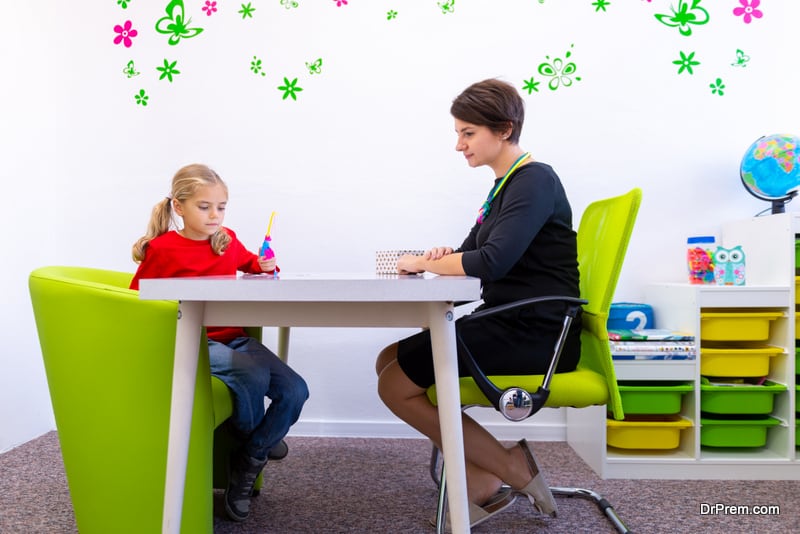
If you suspect speech or language developmental delay in your child, the first and foremost thing is to get his/her hearing checked. Even if you feel your toddler is hearing everything, that may not be 100% true. Certain ear infections or fluid accumulation may cause mild or moderate hearing loss. As a result, your kid will not be able to hear the words clearly and find more difficult to express those.
Never foresee your kid’s needs:
Being an observing parent, you would be pretty good in sensing your kid’s needs but that may not always help child with developmental delays. Make your kid go for verbal communication instead of non-verbal communication like crying, whining or grunting. If he/she points out to something like a toy, ask him what he/she wants. Don’t act in advance by fetching it for him. In this manner, your kid will try to use verbal communication to express the needs.
Give instructions in small sentences:

Kids with language delays have problems in following long instructions. Choose fewer words to instruct your kid instead of using long sentences. For example, instead of saying “John, get up and get the glass from the table”, say “John, bring the glass from the table”.
Speak slowly:
Never hurry while speaking to your child. Imagine yourself learning a new language. If somebody talks at a jet speed, will you be able to follow? Apply the same to your child.
Maintain eye contact:

This is an important part of communication build up with your child. He/she will take the conversation seriously and pick up quickly.
Teach identification:
Start by helping your child to identify the body parts correctly. This not helps in speech building but builds his thinking process and coordination skills. Then teach the names of various activities like skipping, running, walking, jumping, etc. Then slowly move on to identify common things in the house and so on.
Use shorter utterances while speaking to your child:
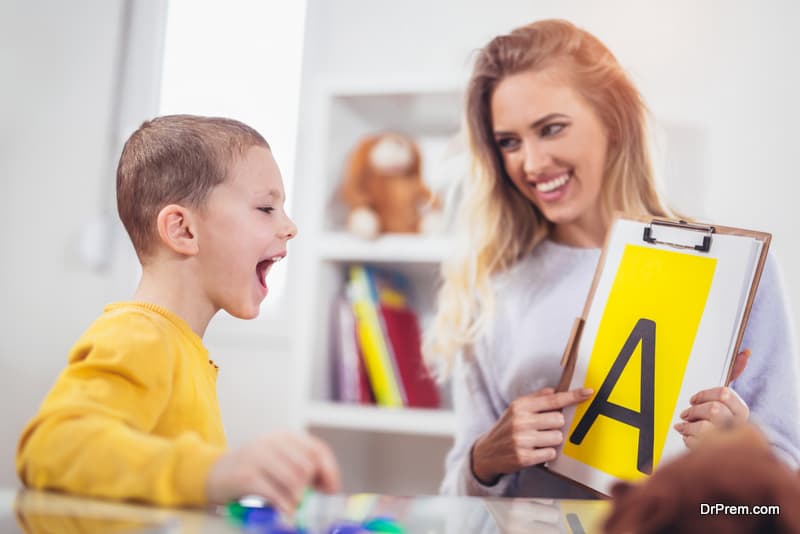
Try using shorter sentences, but at a slightly higher level that your child is using. If your kid utters one word to show something or play, add one or two more words to build up his/her utterances. For example, if he uses the word “ball”, add throw ball, bring the ball, get the yellow ball, give the ball, etc.
Avoid insisting on repetitions:
If your child mispronounces a word, for example, saying bud for the bubble, do not pester him/her to utter it correctly. This can be very frustrating. You can repeat the word, but never expect that your kid will do the same instantly.
Be a child when playing with your child:

You should get down to their level while playing and talking. If your kid is playing on the floor, you should be in the same position. This will help in building the free communication rapport and enable your child to develop his/her speech capacity.
There can be a number of innovative ways to aid in your child’s developmental delays. You can consult the therapist and go ahead with those as well.


